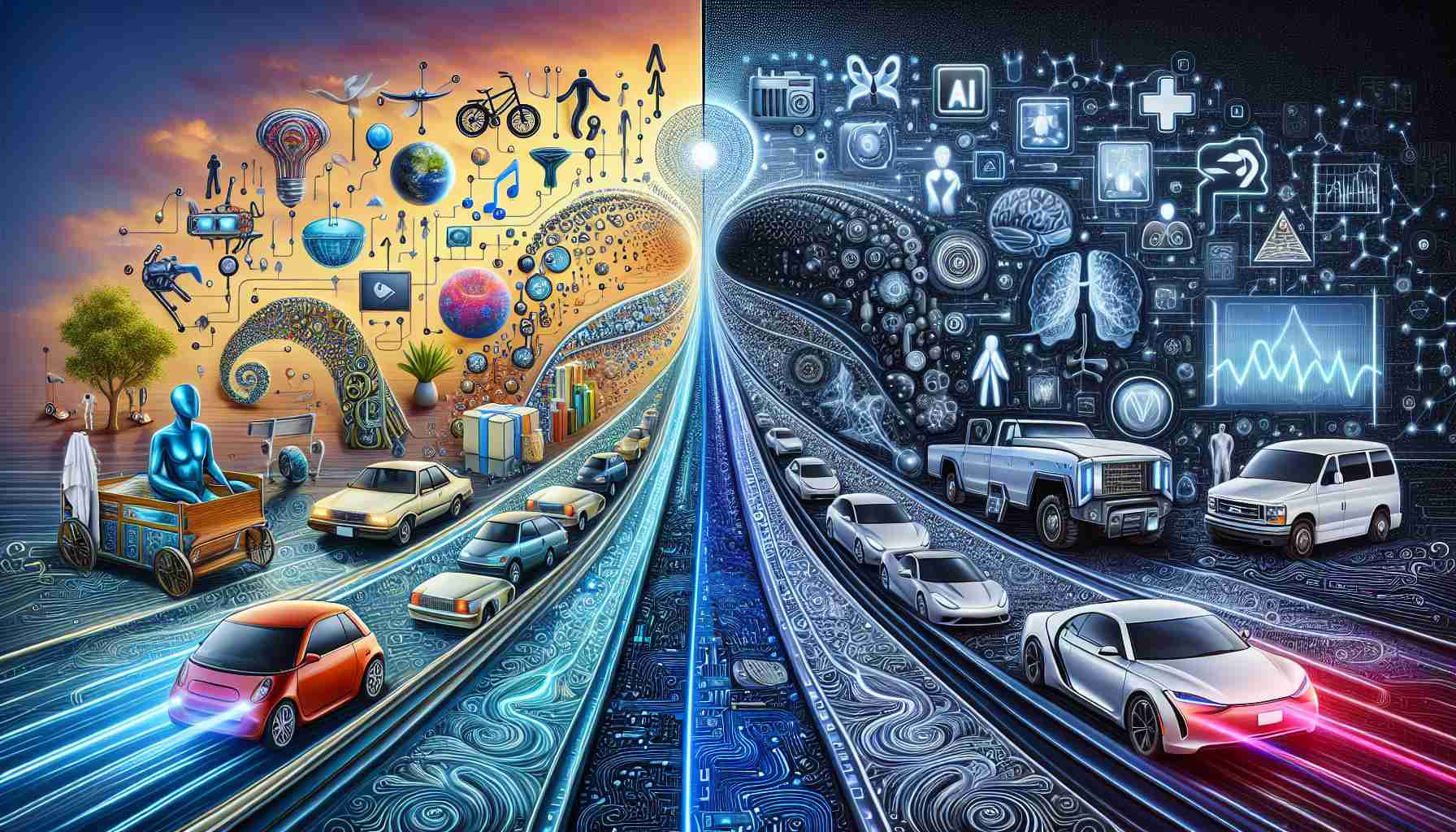Generative AI, a revolutionary technology that has captivated minds and hearts, has undergone a remarkable transformation in recent times. While it initially drew us in with its enchanting abilities, it has now shifted gears towards becoming a powerful utility tool. This shift signifies a new chapter where AI seamlessly intertwines with our daily lives, fostering creativity and productivity in unique ways.
In the early stages of generative AI, users were spellbound by the opportunity to generate poems, stories, and imaginative pieces inspired by renowned authors and artists. The precision and creativity with which AI melded concepts together were truly mesmerizing, unlocking the gates to a realm where fantasies materialized into tangible creations. The boundaries between reality and imagination blurred as AI wove intricate narratives that seemed almost palpable.
However, as time progressed, the focus shifted towards leveraging AI for practical purposes. What was once a source of delight and inspiration morphed into a versatile tool aiding in research, data analysis, and decision-making processes. The excitement of exploring boundless creativity gradually gave way to a more pragmatic approach that emphasized efficiency and functionality.
Generative AI’s widespread acceptance stemmed from its initial allure and immediate usefulness. Professionals and students found ways to harness its capabilities to enhance their academic and work endeavors. With platforms like OpenAI’s ChatGPT boasting a user base of 100 million weekly users and reports from Glassdoor highlighting the reliance of marketing professionals on AI, it is evident that generative AI has become deeply ingrained in our routines, shaping the way we interact with technology.
Similar to the evolution of commonplace gadgets like smartphones and televisions, the novelty of generative AI fades as it integrates seamlessly into our lives. While this transition may seem uneventful, it underscores the maturity and depth of the technology, showcasing its transition from a delightful pastime to an indispensable asset.
The impact of generative AI now lies in its subtle yet profound influence on our productivity and efficiency. It operates quietly in the background, lending a helping hand in myriad meaningful ways. The true essence of generative AI resides not in its ability to spark wonder but in its capacity to serve as an empowering tool that aids us in various facets of our lives.
As we bid adieu to the era of generative AI solely as a source of whimsical entertainment, we welcome a new era where AI empowers us to unleash our creativity and achieve remarkable feats. The shimmer of novelty may dim, but the essence of generative AI as a transformative force remains unwavering.
For more insights on the evolving landscape of generative AI and its profound impact on society, you can delve deeper into the resources provided by OpenAI and Glassdoor.
[Watch this video](https://www.youtube.com) to explore more about the potential of generative AI.
Frequently Asked Questions (FAQ)
**Q: What is Generative AI?**
A: Generative AI is a technology that utilizes machine learning algorithms to create original content, such as texts, images, and music, based on patterns and data it has been trained on.
**Q: How has Generative AI evolved over time?**
A: Generative AI has transitioned from being a source of entertainment to a practical tool for tasks like research, data analysis, and decision-making, showcasing its adaptability and utility.
**Q: What sets Generative AI apart from other technologies?**
A: Generative AI stands out for its ability to seamlessly integrate into our daily lives and enhance productivity by offering personalized creative solutions.
**Q: How can Generative AI benefit individuals and professionals?**
A: Generative AI can assist individuals and professionals in various fields by providing innovative solutions, automating tasks, and streamlining processes to boost efficiency and creativity.
The source of the article is from the blog radardovalemg.com
